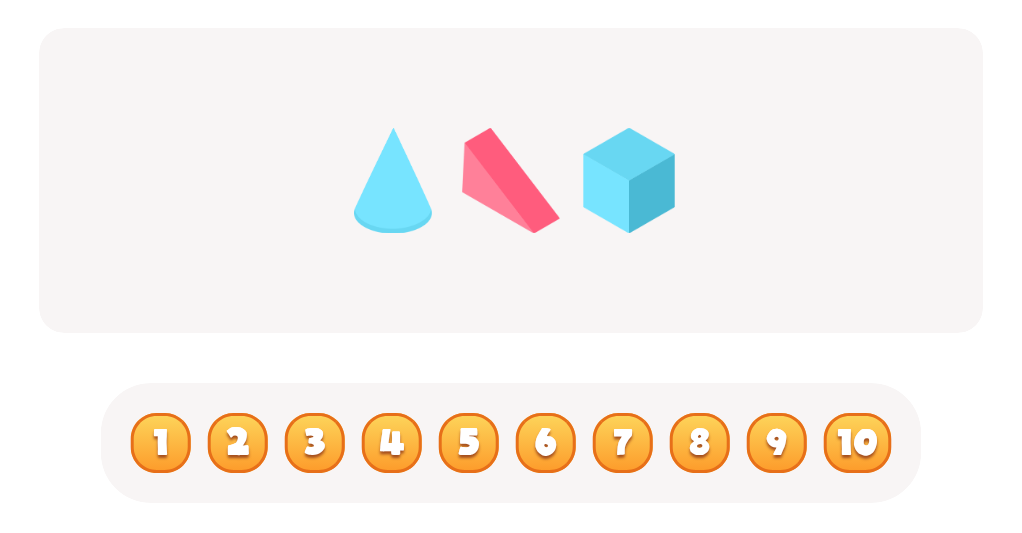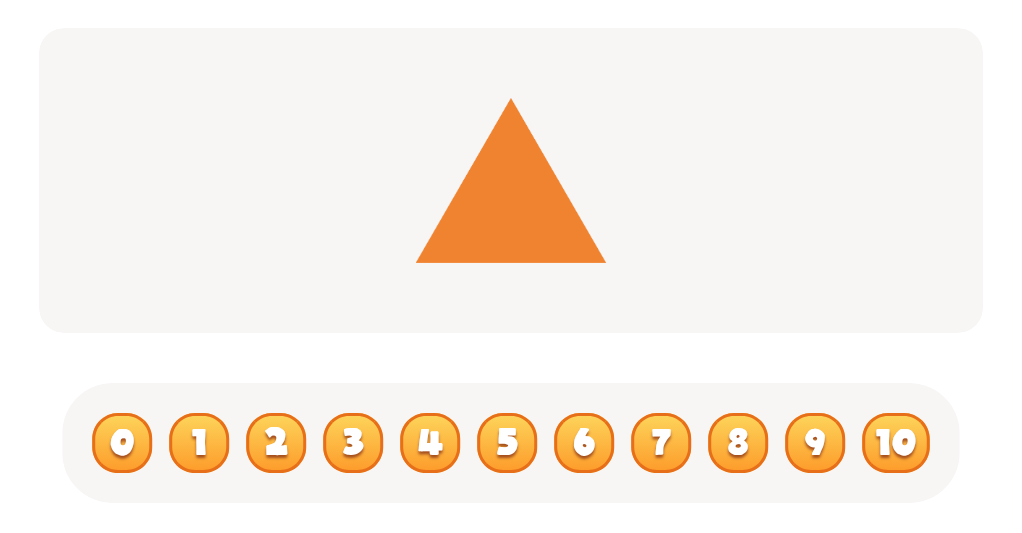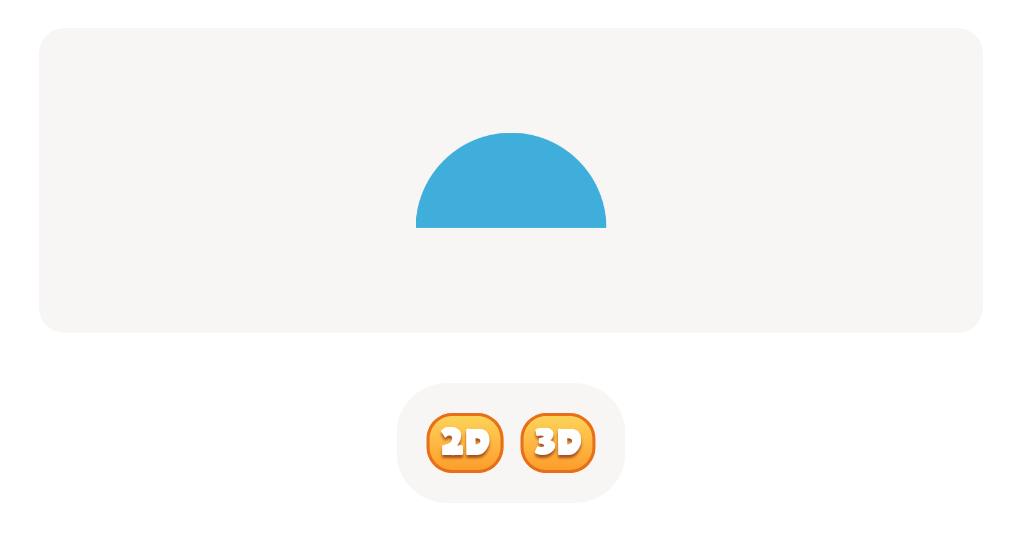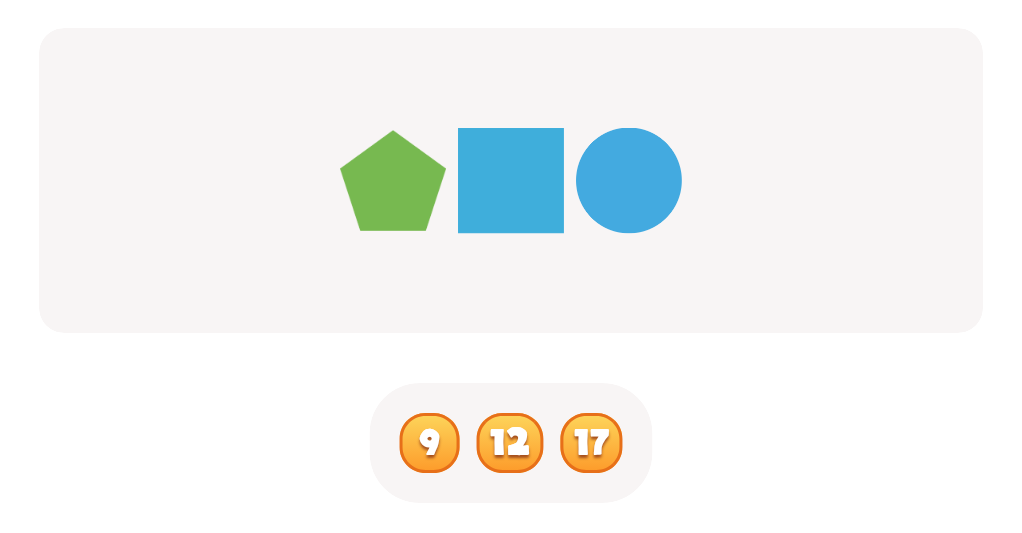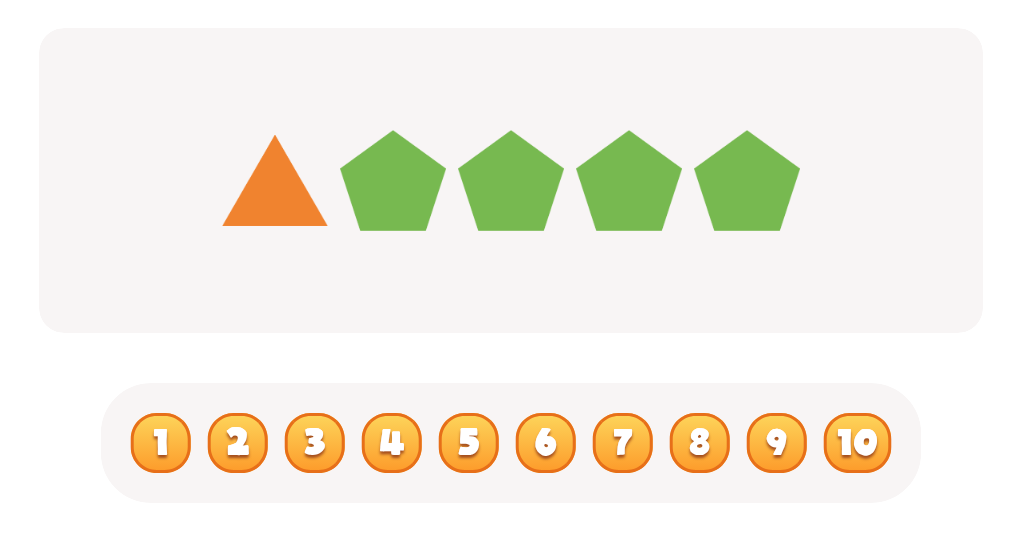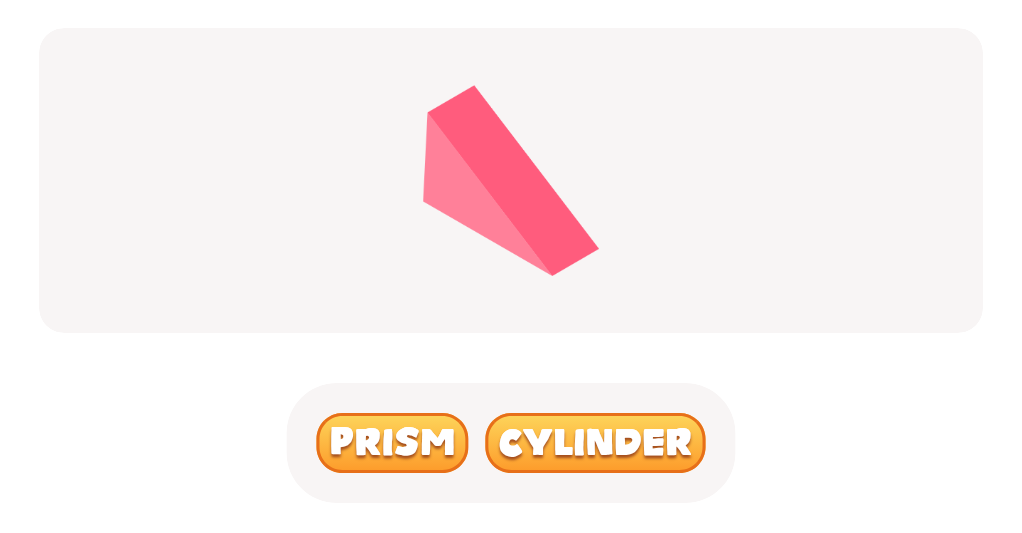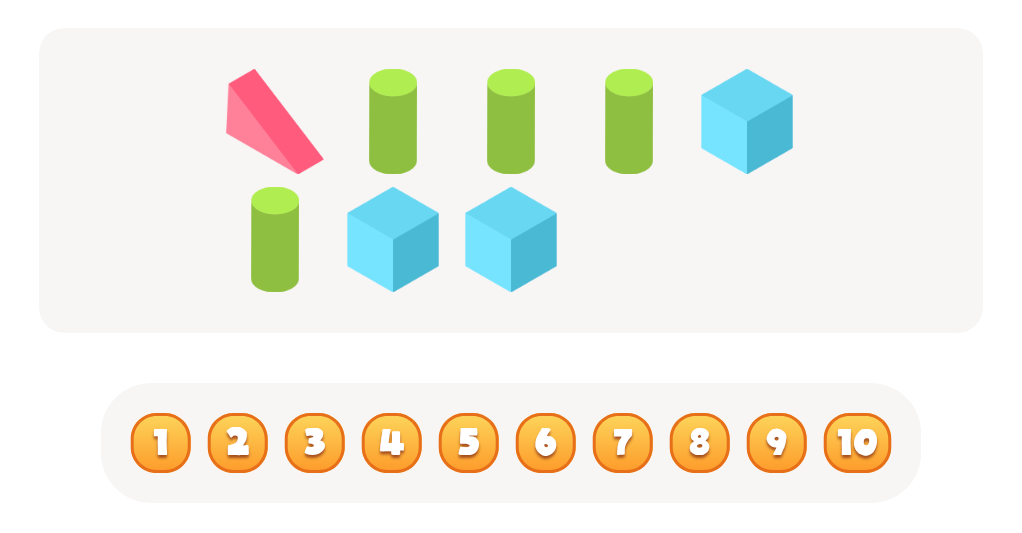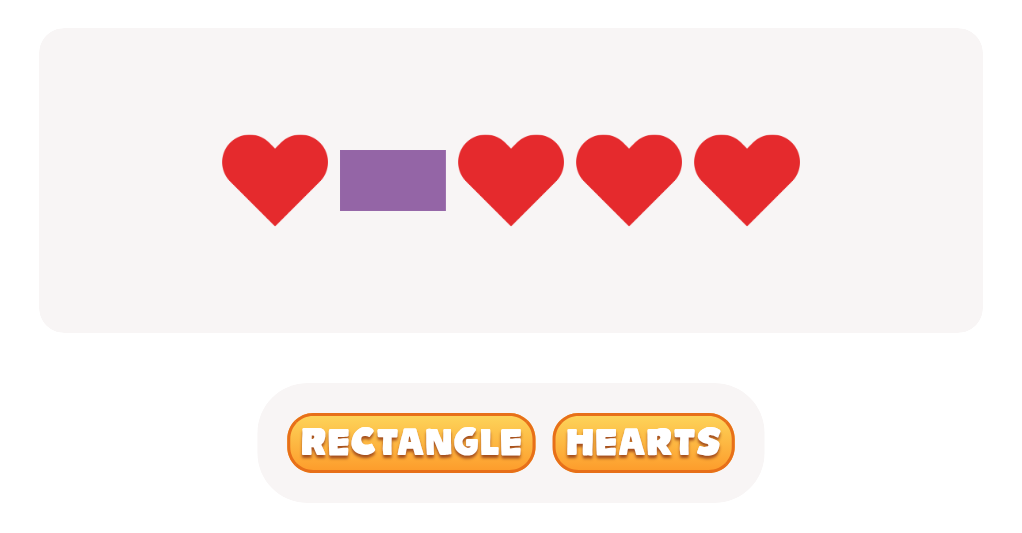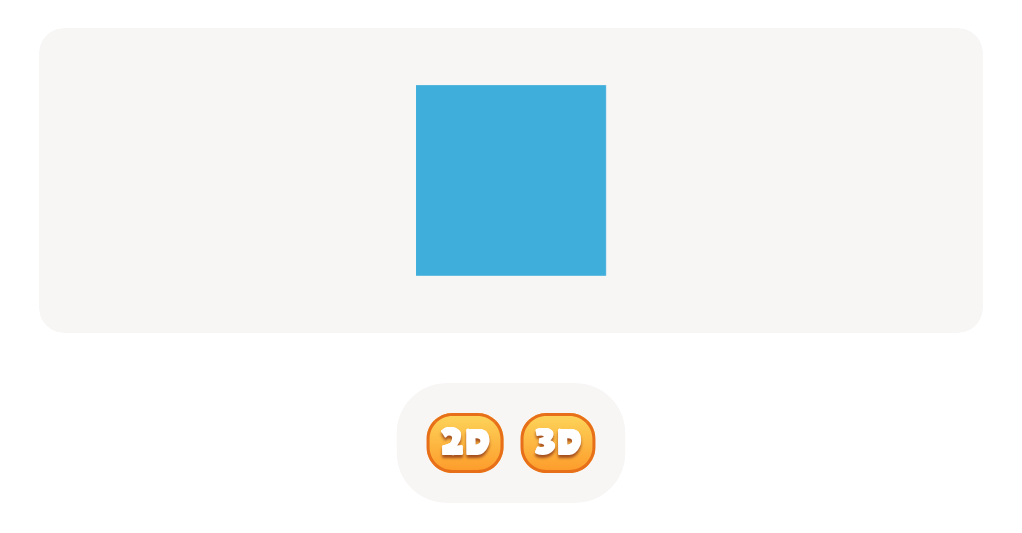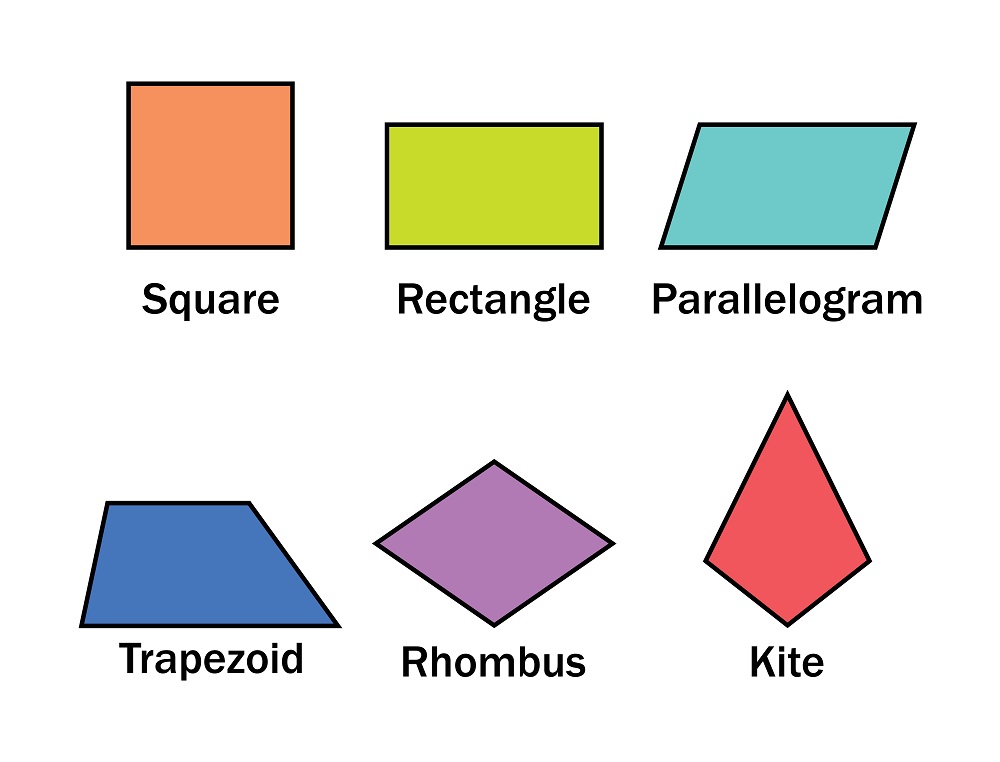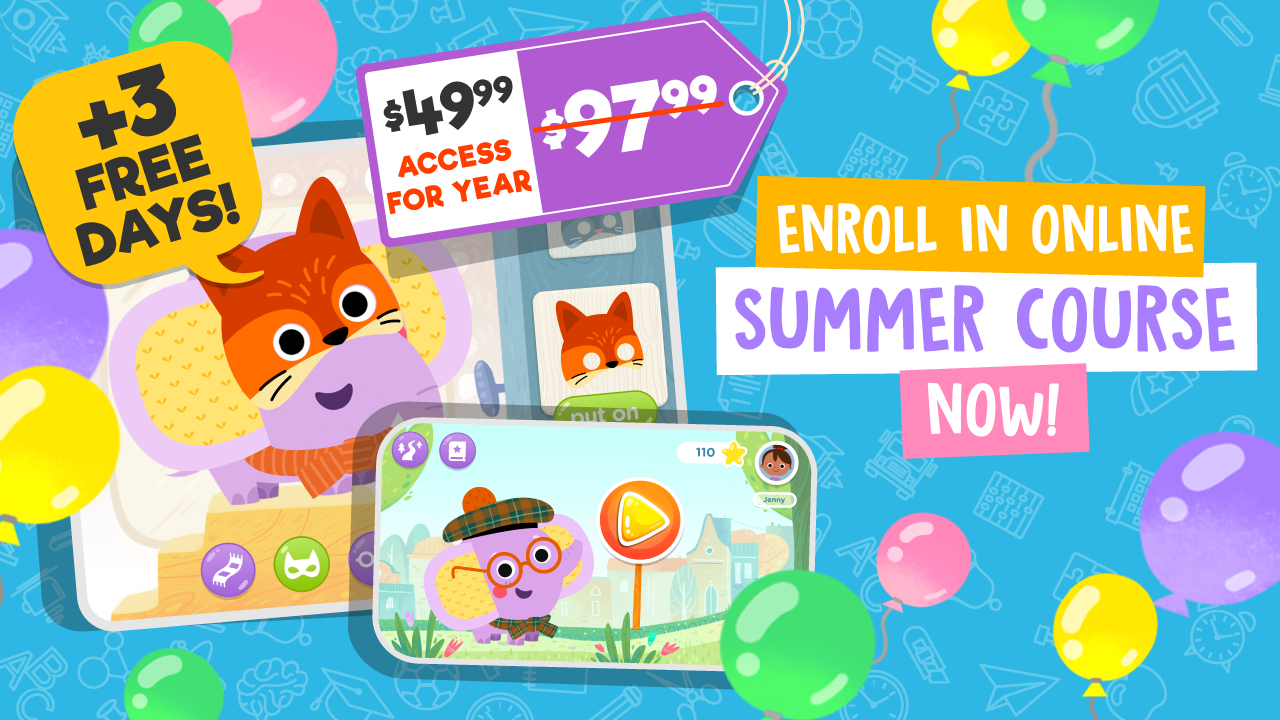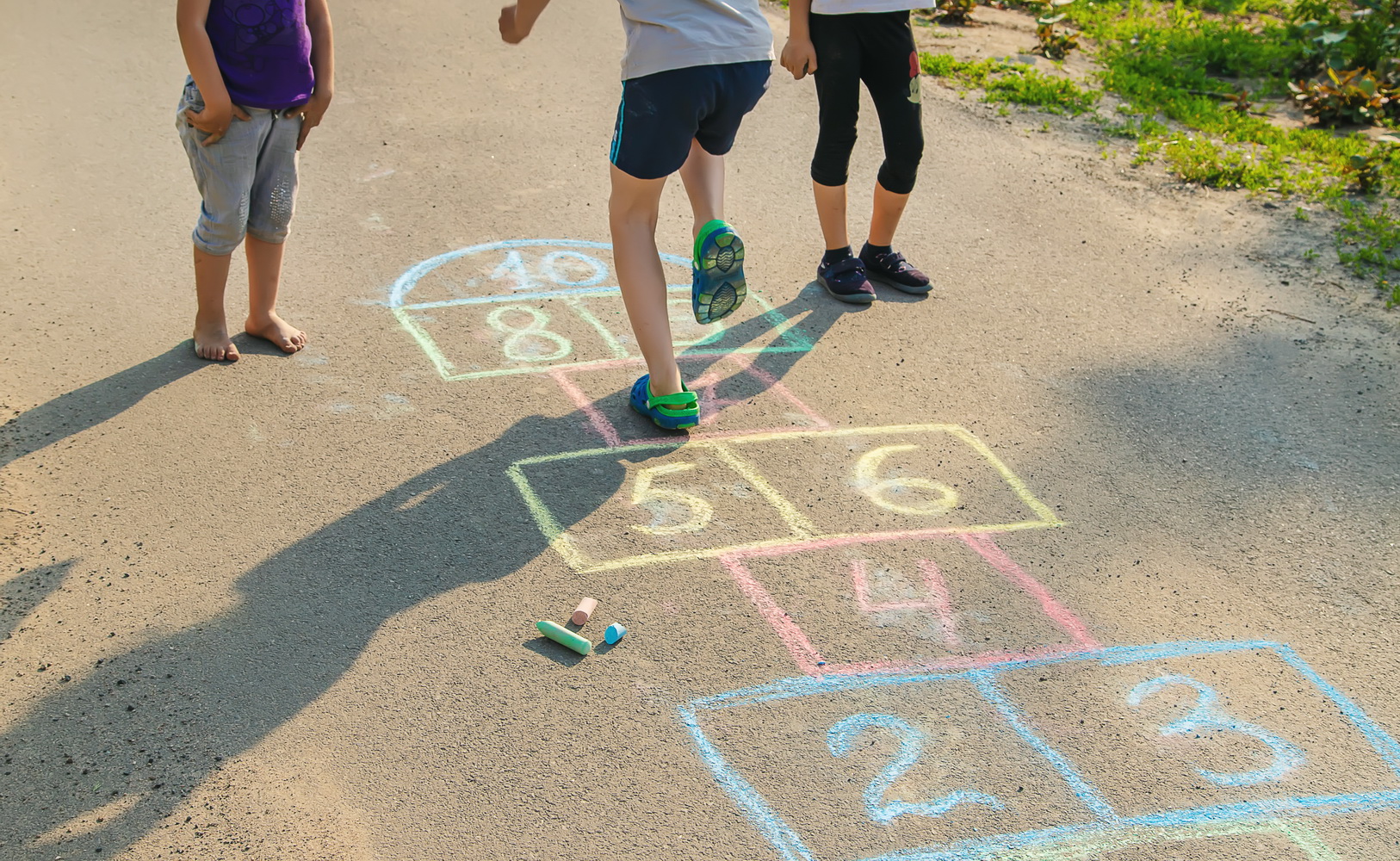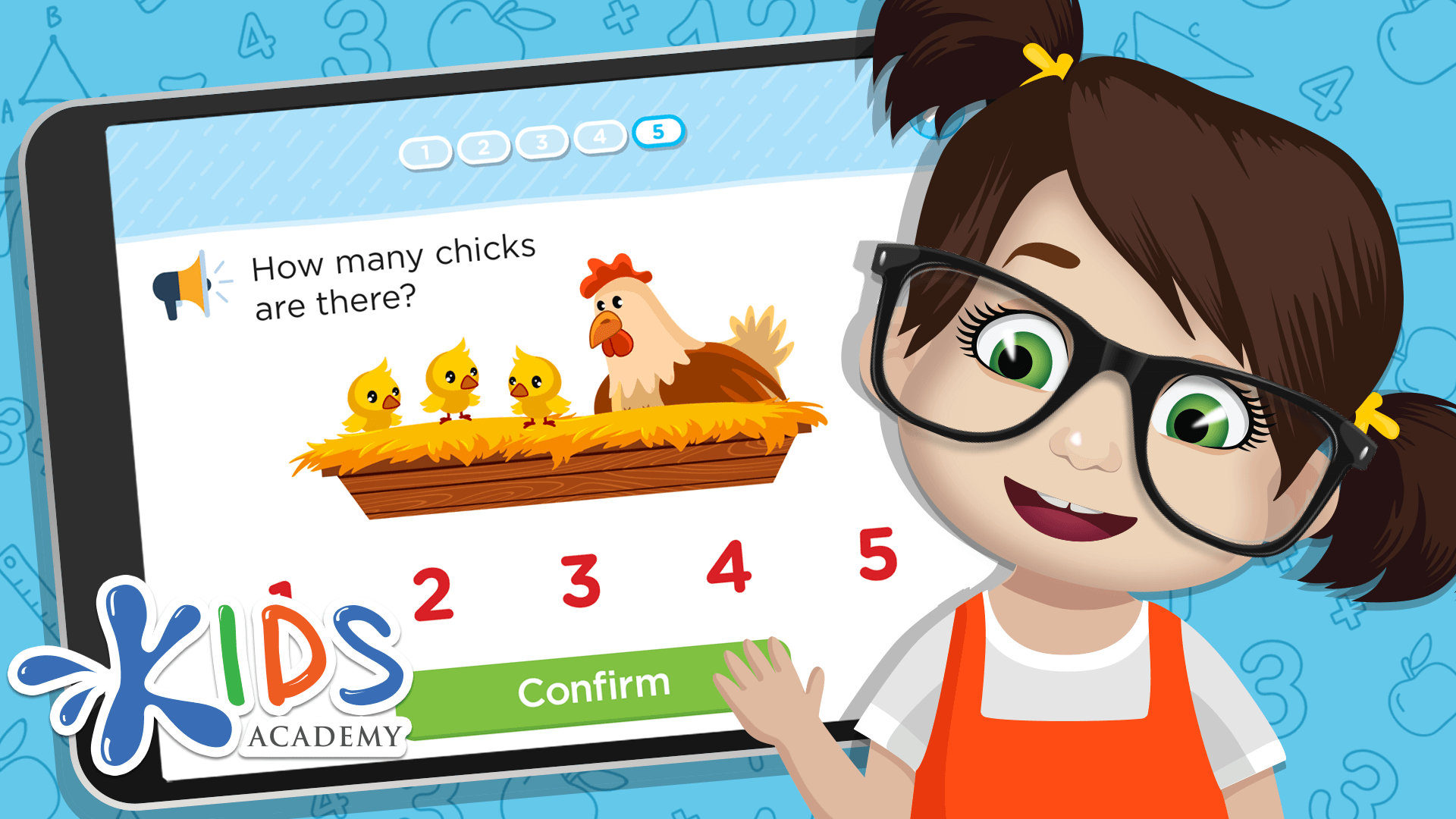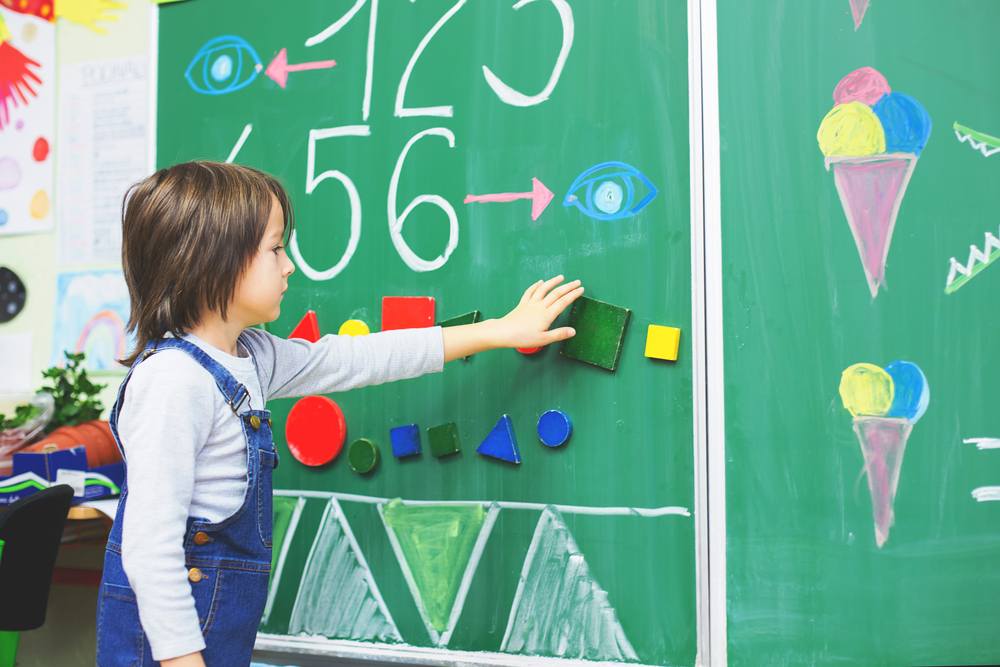Following instructions Geometry Worksheets for Ages 3-5
5 filtered results
-
From - To
Introduce young learners to the basics of shapes and spatial awareness with our "Following Instructions Geometry Worksheets for Ages 3-5." Designed to captivate the curiosity of preschoolers, these engaging worksheets help children recognize and identify various shapes while fostering their ability to follow instructions. Each activity encourages critical thinking, improves fine motor skills, and supports early math literacy through interactive and fun exercises. Perfect for home or classroom use, these worksheets lay a strong foundation for future geometry learning, ensuring your child develops confidence and competence in understanding shapes and directions from an early age. Give your child a head start with our expertly crafted geometry worksheets!
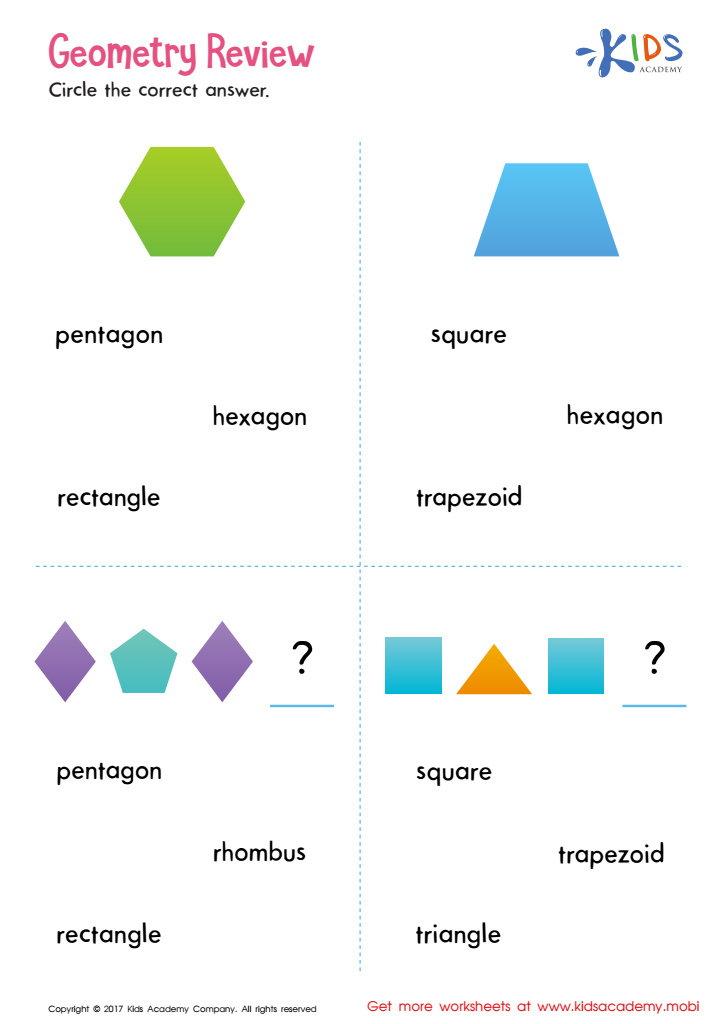

Geometry Review Printable
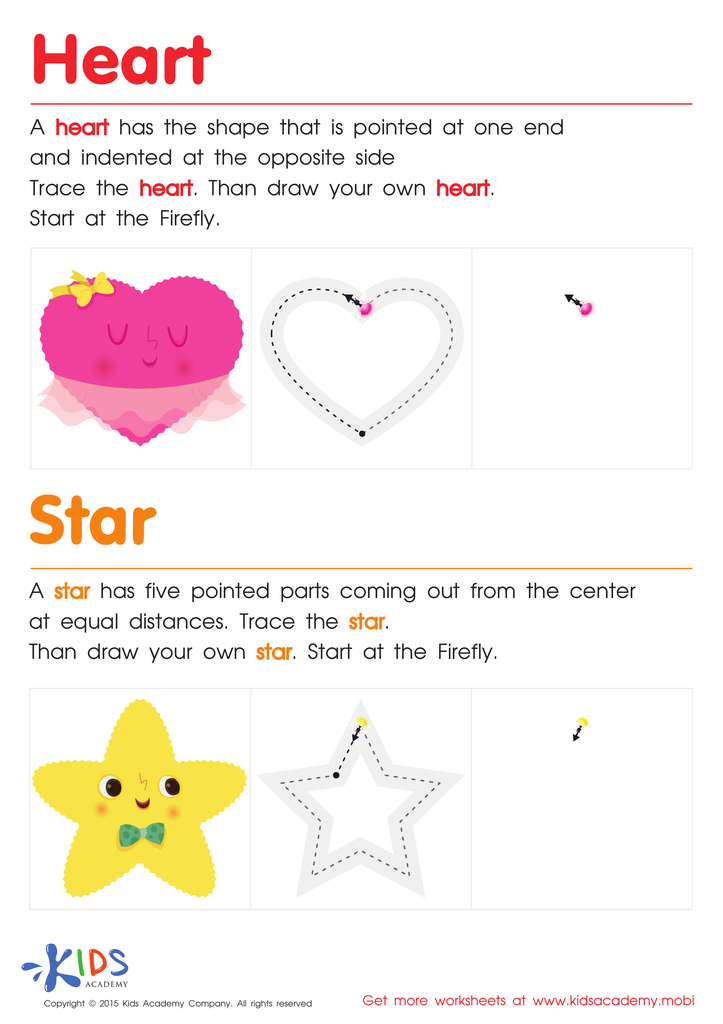

Let's Learn to Draw Hearts And Stars Printable
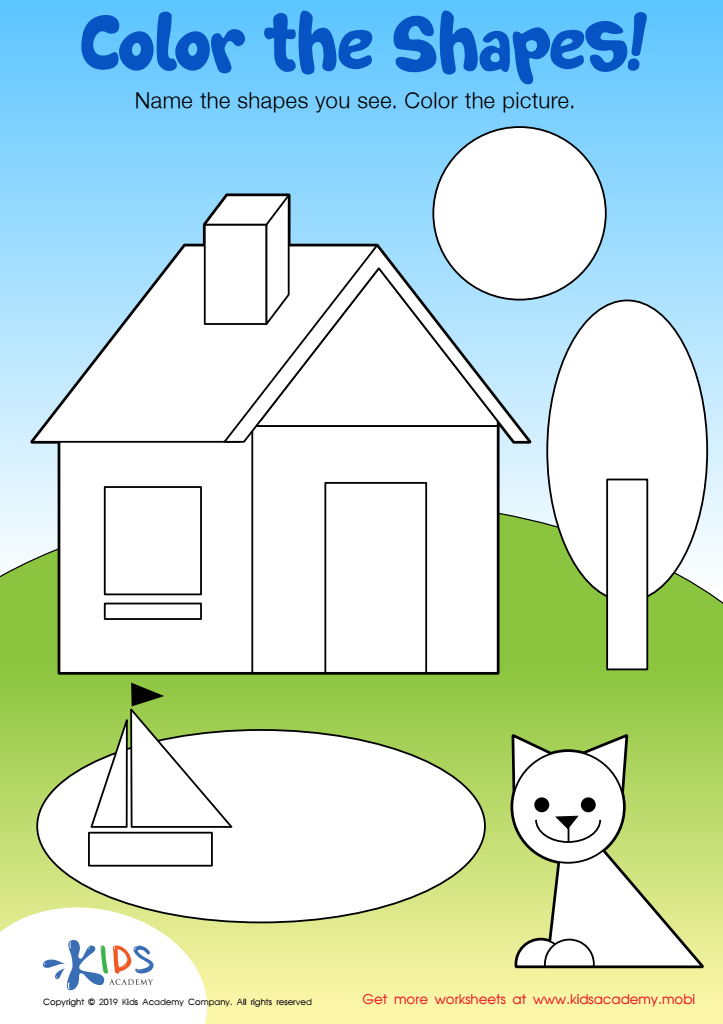

Color the Shapes Worksheet
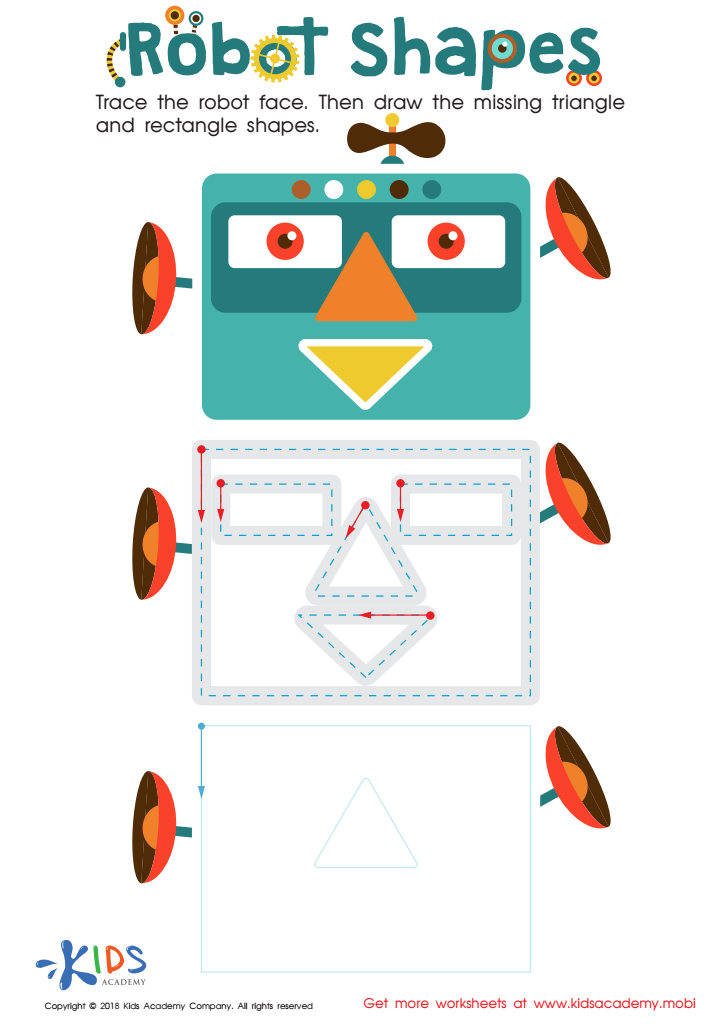

Robot Shapes Worksheet
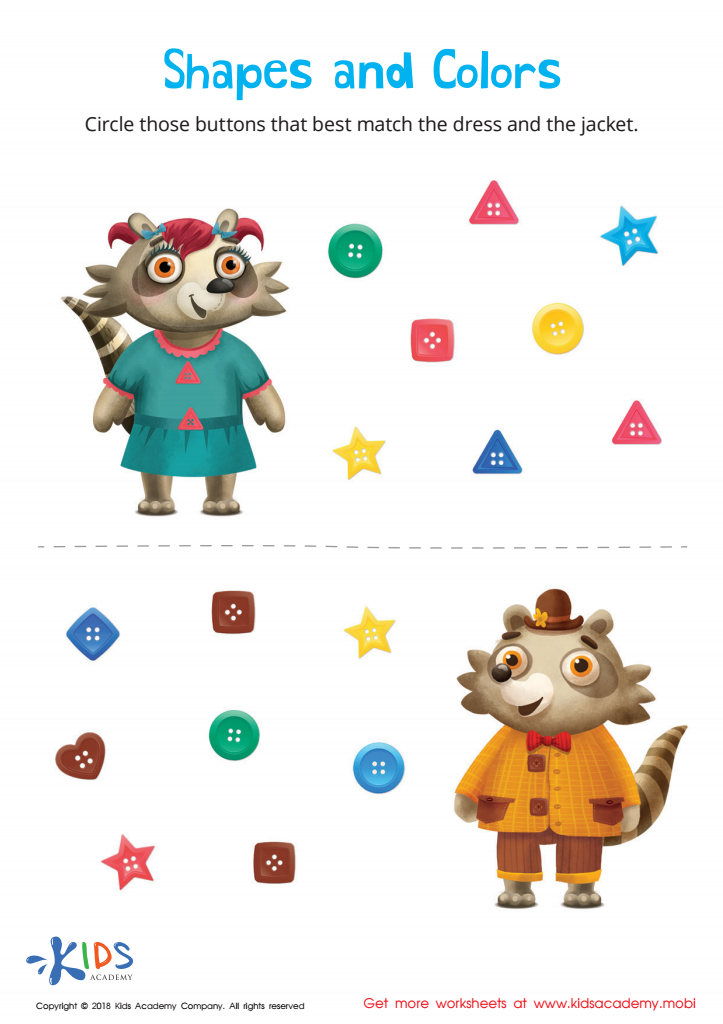

Shapes and Colors Worksheet
Parents and teachers should care about following instructions and introducing basic geometry to children ages 3-5 because these foundational skills are crucial for cognitive and academic development. Young children thrive in structured environments where they can understand routines and task sequences; following instructions helps them to develop listening skills, focus, and the ability to carry out tasks in a logical order. These skills facilitate smoother learning experiences and foster a sense of achievement and confidence.
Introducing geometry at an early age is also vital. Shapes and spatial understanding are foundational elements of mathematics. By familiarizing children with geometric concepts such as circles, squares, and triangles, parents and teachers lay the groundwork for more complex math skills. For example, recognizing shapes helps children with skills such as sorting objects, noticing patterns, and eventually, understanding symmetry and basic measurements. These activities can enhance problem-solving skills and improve fine motor skills, which are essential for writing and other developmental milestones.
When children engage in activities involving instructions and basic geometry in a playful yet structured way, they not only advance their cognitive abilities but also acquire a strong educational foundation. This balanced approach is key to nurturing lifelong learners who are prepared for future academic adventures.

 Assign to My Students
Assign to My Students
